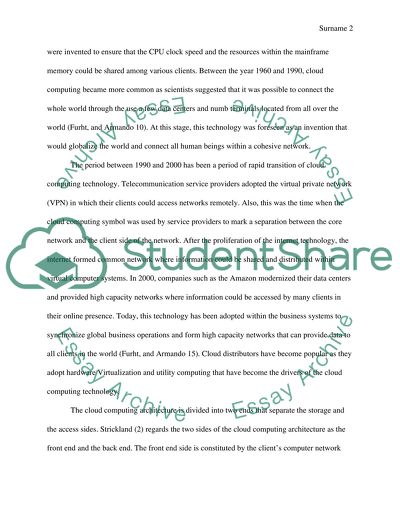Cite this document
(“Cloud Computing Essay Example | Topics and Well Written Essays - 1500 words”, n.d.)
Retrieved from https://studentshare.org/information-technology/1498351-cloud-computing
Retrieved from https://studentshare.org/information-technology/1498351-cloud-computing
(Cloud Computing Essay Example | Topics and Well Written Essays - 1500 Words)
https://studentshare.org/information-technology/1498351-cloud-computing.
https://studentshare.org/information-technology/1498351-cloud-computing.
“Cloud Computing Essay Example | Topics and Well Written Essays - 1500 Words”, n.d. https://studentshare.org/information-technology/1498351-cloud-computing.


